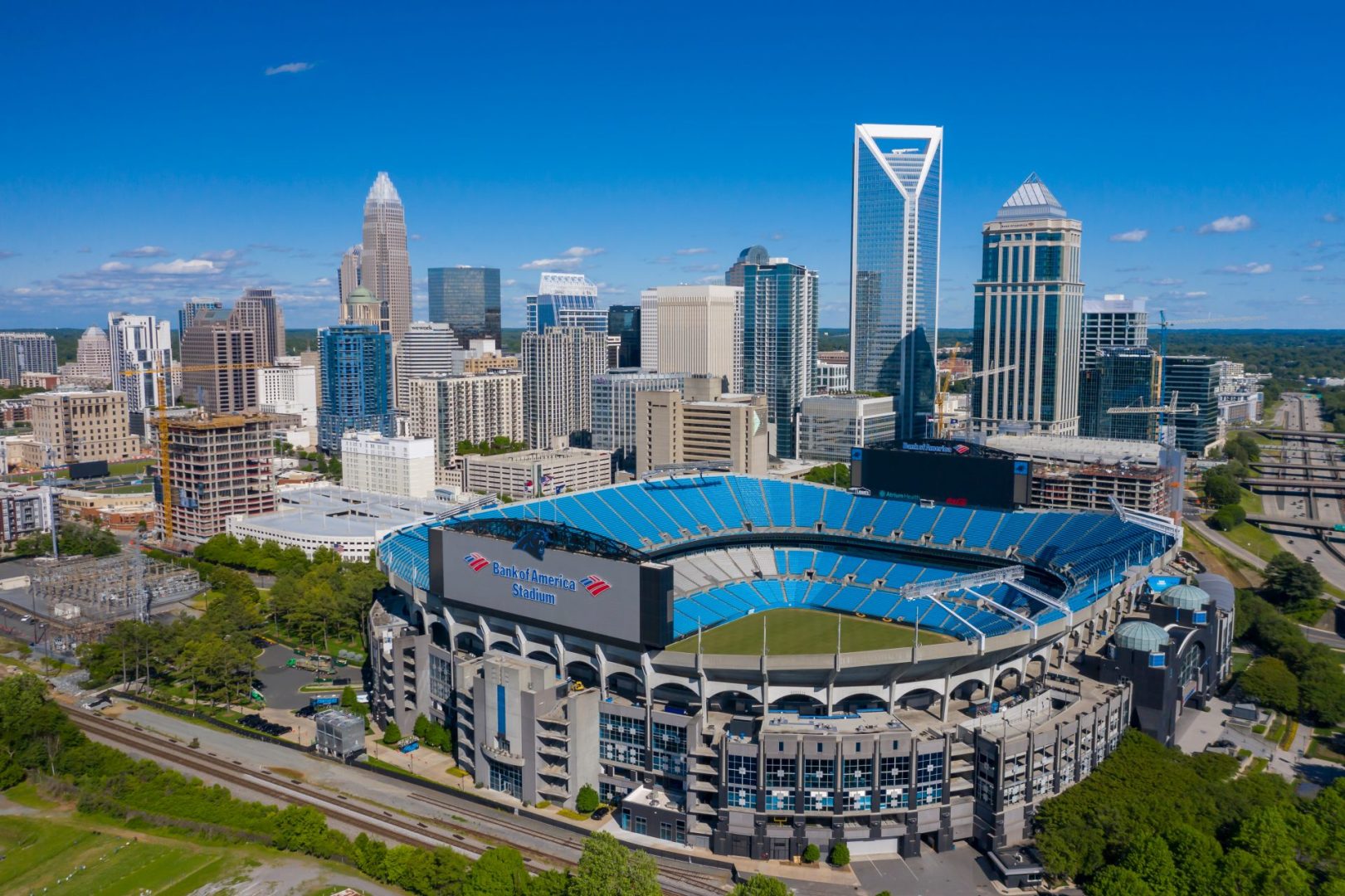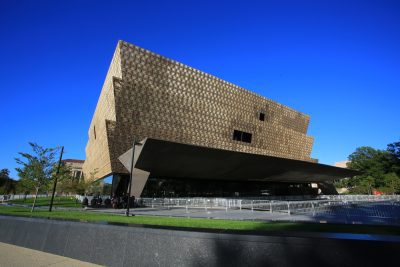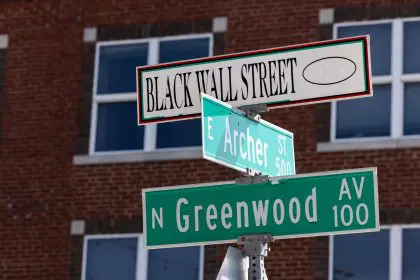Charlotte, North Carolina—nicknamed the Queen City—blends Southern charm with contemporary innovation across its evolving skyline. While banking and business fuel its modern growth, the city carefully preserves architectural gems that connect residents to their rich historical roots while embracing forward-thinking design.
The magnificent Mint Museum Randolph transforms American art
The Mint Museum Randolph stands as Charlotte’s oldest architectural treasure, housed in the original branch of the United States Mint. Built in 1836 in the Federal style featuring distinctive neoclassical elements, this magnificent structure operated as a working mint until the Civil War disrupted its operations.
In 1933, the building faced demolition but was saved through community efforts when it was dismantled stone by stone and rebuilt at its current location on Randolph Road. This painstaking preservation represents one of America’s earliest and most ambitious architectural rescue missions.
The structure’s imposing columns, symmetrical design, and stately proportions reflect early American governmental architecture. Its elegant portico draws inspiration from Greek temples, while the sturdy masonry walls showcase remarkable craftsmanship from the early 19th century.
Today the building houses an exceptional collection of American art, decorative arts, and European paintings. Its transformation from financial institution to cultural landmark reflects Charlotte’s commitment to repurposing historical architecture for contemporary cultural enrichment.
The enchanting Fourth Ward Victorian homes capture bygone elegance
Charlotte’s Fourth Ward Historic District contains the city’s most complete collection of Victorian-era residences, offering a captivating glimpse into late 19th-century residential architecture. This neighborhood nearly faced demolition during 1970s urban renewal projects but was saved through preservation efforts that recognized its architectural significance.
These homes feature elaborate woodwork, wraparound porches, decorative gables, and asymmetrical designs characteristic of Victorian architecture. Intricate details including gingerbread trim, fish-scale shingles, and colorful paint schemes known as “painted ladies” showcase the craftsmanship and aesthetic sensibilities of their era.
Many homes in the district were constructed between 1870 and 1910, representing various Victorian substyles including Queen Anne, Folk Victorian, and Colonial Revival. The variety within a cohesive neighborhood creates a visually rich architectural tapestry that attracts photographers, history enthusiasts, and architecture students.
The breathtaking Duke Mansion inspires with timeless dignity
The Duke Mansion, originally built in 1915 and significantly expanded by tobacco and electric power magnate James Buchanan Duke in 1919, represents the Colonial Revival style at its most grand. The estate spans nearly 5 acres in Charlotte’s Myers Park neighborhood, showcasing exceptional architectural presence.
This 32,000-square-foot mansion features perfectly proportioned columns, symmetrical facades, and elegant detailing that reflects early 20th century American prosperity. Its white exterior, black shutters, and classical portico create a timeless dignity that continues to inspire awe among visitors.
The mansion’s architectural significance extends beyond its façade to thoughtfully designed interior spaces, including a spectacular two-story entry hall, intricate moldings, and grand public rooms designed for entertainment. The gracious flow between interior and exterior spaces through French doors demonstrates sophisticated residential planning.
The delightful Biddle Hall at Johnson C. Smith University celebrates educational heritage
Biddle Hall stands as the architectural centerpiece of Johnson C. Smith University’s campus and one of Charlotte’s most significant historical structures. Built in 1883, this High Victorian Gothic building features distinctive red brick construction with contrasting stone details that create visual drama and structural emphasis.
The building’s central tower reaches toward the sky with pinnacles and decorative elements that celebrate verticality—a hallmark of Gothic Revival architecture. The carefully articulated windows feature pointed arches and elegant proportions that bring natural light into interior spaces while creating a delightful rhythm across the façade.
As the oldest surviving building at this historically Black university, Biddle Hall embodies educational aspirations and opportunities that developed after the Civil War through institutions dedicated to African American education. Its architectural presence makes a powerful statement about the importance of higher education in the post-Reconstruction South.
The vibrant Bechtler Museum of Modern Art redefines contemporary design
The Bechtler Museum of Modern Art, designed by Swiss architect Mario Botta and completed in 2010, represents Charlotte’s architectural future while housing treasures from modernism’s past. The museum’s distinctive terra-cotta exterior and bold geometric forms create a vibrant addition to the city’s Uptown cultural district.
The building’s most recognizable feature—a cantilevered fourth floor supported by a central column—creates a gravity-defying presence that challenges traditional architectural expectations. This structural expression makes a confident statement about Charlotte’s embrace of innovative design thinking.
The museum’s exterior grid pattern of terra-cotta tiles pays homage to European modernism while the material’s warm color creates a welcoming presence within the urban landscape. This thoughtful balance between boldness and accessibility makes the building both striking and approachable.
Charlotte’s architectural landscape continues evolving through thoughtful preservation of historical treasures alongside bold new construction. This balance allows the city to maintain connections to its rich heritage while embracing contemporary design that reflects its forward-looking spirit.













